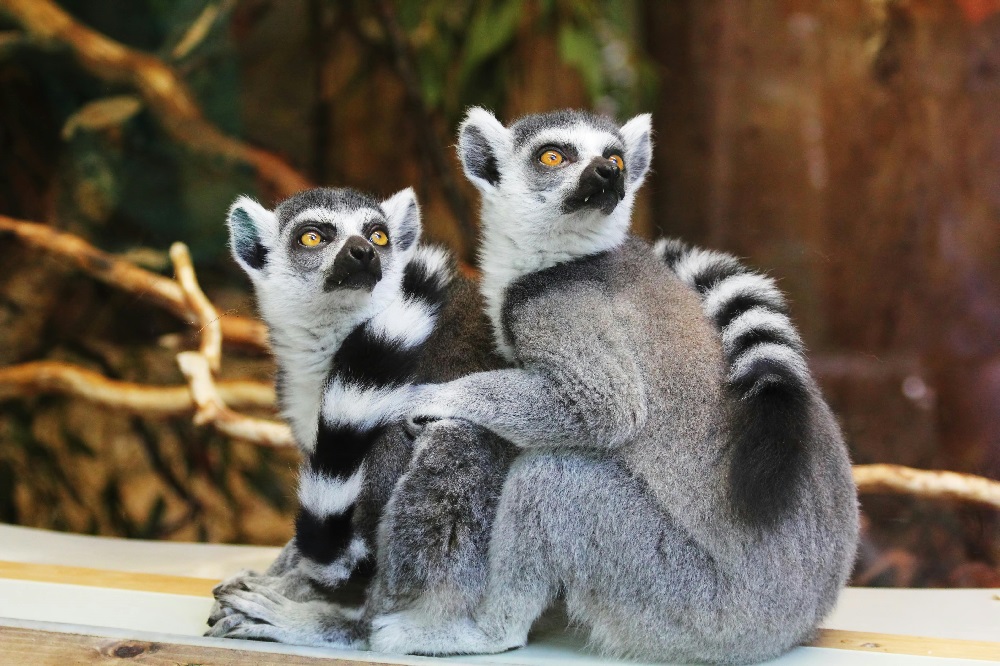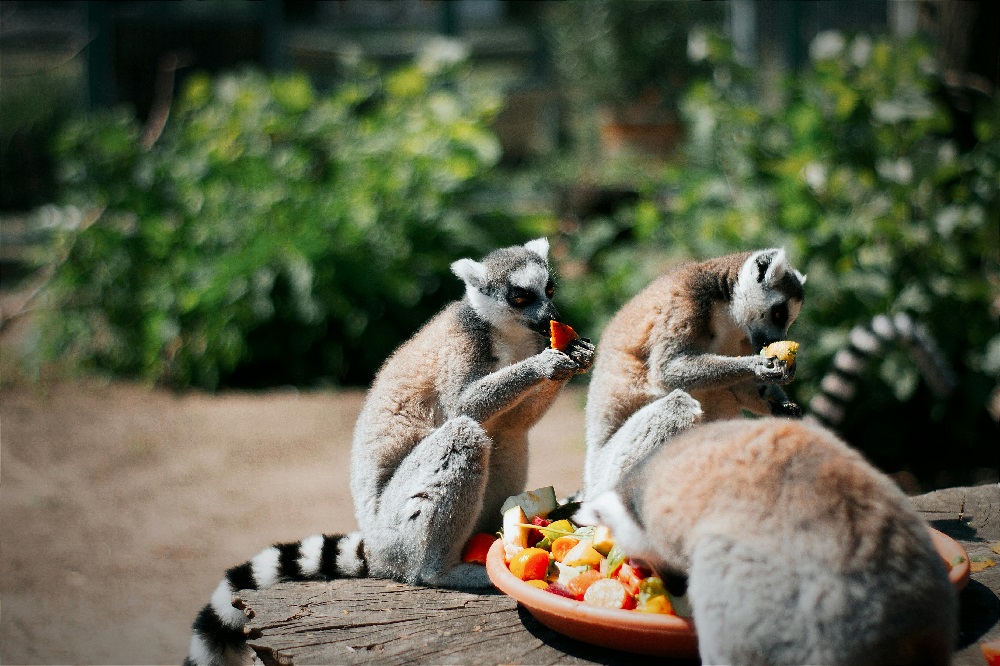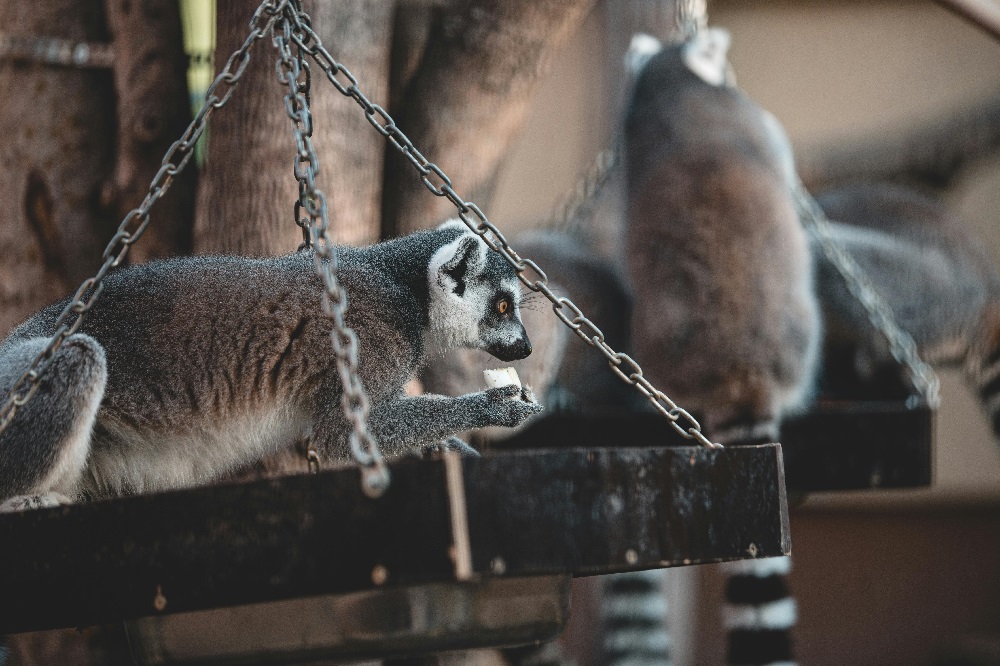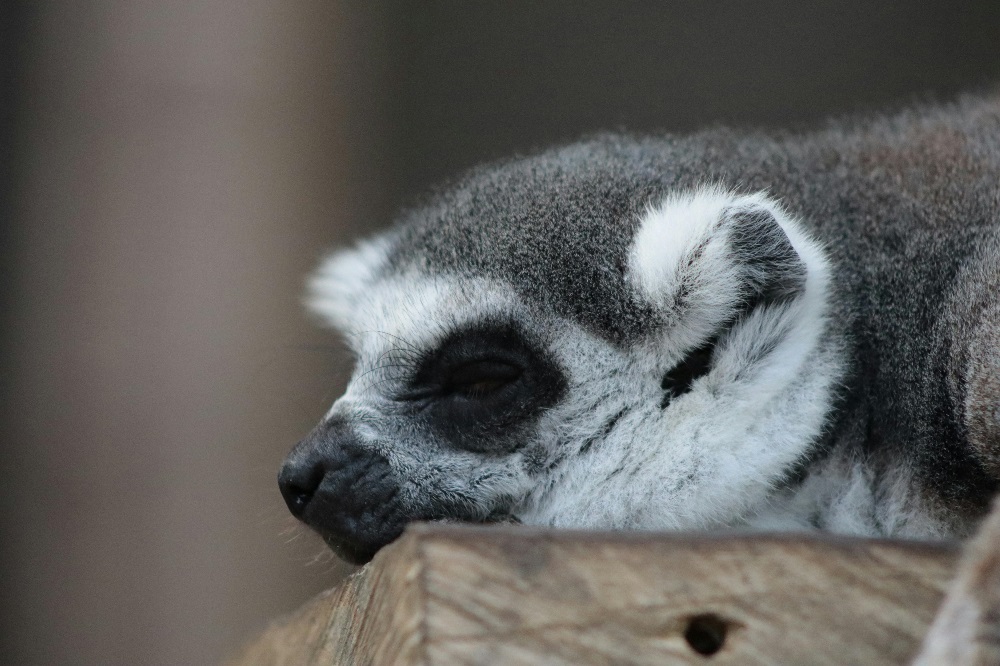When comparing Madagascar to the United Kingdom, the difference in size is striking. Madagascar is the fourth-largest island in the world, covering approximately 587,041 square kilometers, which makes it about two and a half times larger than the UK. This vast size allows Madagascar to boast a diverse range of landscapes, from its lush rainforests and highland plateaus to expansive savannahs and desert-like areas. The United Kingdom, in contrast, covers roughly 243,000 square kilometers and has a much denser population. This sheer difference in landmass contributes to Madagascar’s unique biodiversity and isolated ecosystems. The scale of Madagascar also means that traveling across the island can take much longer than visitors might expect, as infrastructure is still developing in many regions. The size is not just a matter of geography; it also influences cultural variation, as communities in different parts of the island have distinct traditions, dialects, and ways of life shaped by their local environment.

What Are 5 Facts About Madagascar?
Madagascar is a place of endless fascination, and there are countless facts that make it stand out. One notable fact is that around 90% of its wildlife is found nowhere else on Earth, a result of millions of years of evolutionary isolation after the island broke away from the African continent. Another interesting aspect is that Madagascar is home to more than 100 species of lemurs, which are considered the island’s most iconic animals. The country also produces a significant portion of the world’s vanilla—around 80%—making it a key player in the global spice trade. Furthermore, Madagascar has an incredibly diverse climate, ranging from tropical rainforests in the east to dry deserts in the south, each supporting different forms of life. Lastly, the Malagasy people have a rich cultural heritage influenced by African, Asian, and European roots, resulting in unique traditions, music, and cuisine that can’t be found anywhere else.
Why Is Madagascar Famous?
Madagascar is famous for several reasons, but its biodiversity tops the list. Nature enthusiasts around the globe recognize the island as a hotspot for endemic plants and animals, meaning they exist only there. Lemurs are perhaps the most recognized representatives of Madagascar’s unique fauna, but other animals like the fossa, various species of chameleons, and rare birds also capture the attention of scientists and travelers alike. The island’s baobab trees, with their massive trunks and distinctive shapes, have become a visual symbol of Madagascar and are a popular subject for photographers. The Avenue of the Baobabs in the Menabe region is one of the most photographed places on the island. Additionally, Madagascar has cultural fame due to its blend of traditions, language, and history, which draw from Southeast Asian settlers, African migrants, and European colonial influences. Its vibrant music, elaborate tomb designs, and colorful markets contribute to its global reputation as a culturally and ecologically rich destination.
How Many Muslims Are in Madagascar?
Madagascar is a religiously diverse nation, with Christianity and traditional beliefs being the most widespread. However, Islam also has a presence on the island, particularly along the coastal areas and in the north. It is estimated that Muslims make up around 7% of the country’s population, although figures can vary. Most Malagasy Muslims follow Sunni Islam, and their practices and traditions are often integrated with local customs, creating a distinctive cultural blend. The introduction of Islam to Madagascar came centuries ago through Arab and Swahili traders who traveled along the Indian Ocean trade routes. Over time, these traders established settlements and intermarried with local populations, leaving a lasting influence on coastal architecture, language, and culinary traditions. Today, you can see Islamic heritage in the mosques of cities like Mahajanga and Antsiranana, as well as in the use of certain Swahili-Arabic loanwords in the Malagasy language.

Why Is Madagascar So Rich?
When discussing Madagascar’s richness, it is important to distinguish between natural wealth and economic wealth. In terms of natural resources, Madagascar is incredibly rich. It possesses vast reserves of minerals such as graphite, chromite, bauxite, and precious stones like sapphires and rubies. Its agricultural land produces high-value crops such as vanilla, coffee, cloves, and lychees, which are exported worldwide. Moreover, its biodiversity is a natural treasure, offering potential for ecotourism and scientific research. However, despite these riches, Madagascar remains economically poor due to political instability, limited infrastructure, and challenges in managing resources sustainably. The gap between its natural wealth and the living standards of its people is one of the country’s defining contrasts. International organizations and conservation groups have recognized Madagascar’s natural wealth and are working to protect it while also improving opportunities for the local population.
What to Do in Madagascar?
Visitors to Madagascar are spoiled for choice when it comes to things to do. Wildlife lovers can explore national parks like Andasibe-Mantadia, home to the largest living lemur, the indri. In the south, the spiny forests and desert landscapes of Isalo National Park offer spectacular hiking opportunities. The Avenue of the Baobabs near Morondava is a must-see for its surreal scenery, particularly at sunset. For beach lovers, the island of Nosy Be in the northwest offers pristine sandy shores, crystal-clear waters, and excellent diving spots. Cultural travelers can explore the capital, Antananarivo, with its bustling markets, historic sites, and hilltop palaces. Traditional villages, craft markets, and local music performances offer a glimpse into everyday Malagasy life. Adventurous visitors can trek in the remote highlands, dive along coral reefs, or embark on river journeys through lush landscapes. The island’s diversity ensures that every traveler can find an experience that resonates with their interests.
What Did Madagascar Used to Be Called?
Before it was widely known as Madagascar, the island had different names given by various explorers and traders. Arab traders who arrived centuries ago referred to it as “Island of the Moon” or “al-Masdas,” though the exact origins of this term are debated. When European explorers arrived, particularly the Portuguese in the early 16th century, they sometimes referred to it based on local names or their own phonetic interpretations. The name “Madagascar” itself is believed to have originated from a mistaken identity by Marco Polo, who used it to describe a land he had never actually visited, possibly confusing it with Mogadishu in Somalia. Over time, the name stuck, and it became the internationally recognized term for the island. Today, locals refer to the country as “Madagasikara” in the Malagasy language, which reflects their cultural and linguistic identity.
Is Madagascar Black or White?
The question of whether Madagascar is “black or white” oversimplifies the island’s complex ethnic makeup. The Malagasy people are a blend of Austronesian and African ancestry, with historical migrations from Southeast Asia, East Africa, and the Middle East contributing to the genetic diversity. This mix is reflected in the physical appearances, languages, and cultural traditions found across the island. Coastal communities often have more African influences, while highland populations display stronger Austronesian heritage. Rather than fitting into a single racial category, Madagascar’s people represent a unique fusion of cultures and identities that cannot be easily classified. This diversity is one of the island’s defining characteristics, influencing its food, architecture, and even farming methods.

Is Madagascar Safe for Tourists?
Madagascar is generally considered safe for tourists who take common-sense precautions. Petty crime, such as pickpocketing or bag snatching, can occur in urban areas, particularly in busy markets or transport hubs. However, violent crime against tourists is relatively rare. The main risks tend to be related to infrastructure challenges, such as poor road conditions, limited medical facilities in remote areas, and occasional political unrest. Tourists are advised to avoid traveling at night outside major cities and to hire reputable guides or drivers when exploring. In addition, health precautions like vaccinations and malaria prevention are important due to the presence of mosquito-borne illnesses. By planning ahead, using local expertise, and staying informed about travel advisories, visitors can enjoy the island’s wonders without significant safety concerns.
Is Madagascar Scientifically in Africa?
Geographically and politically, Madagascar is part of Africa. However, from a geological perspective, it is distinct. The island separated from mainland Africa around 160 million years ago during the breakup of the supercontinent Gondwana. This long isolation allowed species on the island to evolve independently, resulting in its remarkable biodiversity. Scientifically, Madagascar is classified as part of the African Plate, and it is included in African political and economic organizations such as the African Union. Still, its flora, fauna, and cultural heritage often make it feel like a world apart. This scientific uniqueness adds to its appeal for researchers and travelers alike, as it offers a living laboratory of evolution and adaptation.
What Do You Call a Person from Madagascar?
A person from Madagascar is called a Malagasy. This term applies both to the people and the language they speak. The Malagasy language has its roots in the Austronesian language family, closely related to languages spoken in Indonesia and Malaysia, which reflects the island’s Southeast Asian heritage. Over time, it has incorporated words from Bantu languages, Arabic, French, and English, creating a rich linguistic tapestry. The word “Malagasy” is not only an identifier but also a symbol of the island’s unique cultural blend, and it is used with pride by locals.

Why Did Madagascar Split from Africa?
Madagascar’s separation from Africa is a result of ancient geological processes. Around 160 million years ago, during the Jurassic period, the supercontinent Gondwana began to break apart. Madagascar drifted away from the eastern coast of Africa and later separated from the Indian subcontinent, becoming an isolated island. This isolation created a unique environment for species to evolve without influence from other landmasses, which is why so many of Madagascar’s plants and animals are found nowhere else. The split was driven by tectonic plate movements, which continue to shape the island’s landscape today. For scientists, Madagascar is a case study in how geological history can shape biodiversity and culture over millions of years.




